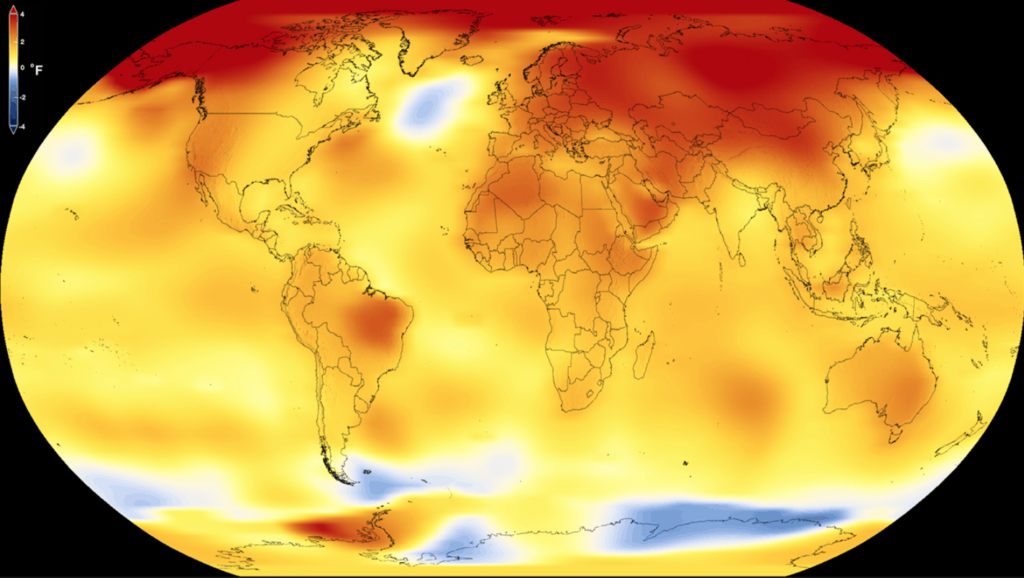Stoves, gas, and electric fires across the UK are enjoying their summer rest as summer continues. But we are only halfway through June, and the temperatures are already racing past 30 degrees. What will the rest of the summer hold in store?
El Niño, known as a natural weather event, has reportedly already started in the Pacific Ocean, which will, in all probability, be adding heat to our planet that is already warming up due to climate change. El Niño is set to make 2024 the world’s hottest year ever and make this one rather hot too. El Niño is expected to peak in December this year, at which point we will know how much of an impact it will make on next year’s summer around the world. There is a fear that El Niño will only fuel the temperature rise above the 1.5c global warming warning threshold.

What is El Niño?
The term is used to describe the warming of the surface temperature of the sea, which occurs every few years. Typically this is concentrated in the central-east equatorial Pacific. An El Niño is declared when sea temperatures in the tropical eastern Pacific increase 0.5c above the long-term average. This occurs every two to seven years.
Increasing Pre-Industralised Temperature Levels:
Global temperatures are currently around 1.1C above pre-industrialised levels, but El Niño could easily add another 0.2C to that figure, pushing perilously closer towards the 1.5c temperature increase limit, a key element of the Paris Agreement.
Scientists already warn that the world is likely to breach the 1.5c climate change threshold as soon as 2027, which is only four years away. It’s unsure to what extent El Niño has been factored into this prediction.
Despite the probability of these temperature breaches only being temporary, there are already concerning changes taking place. For example, the rate of temperature rise over the last half a century is the highest in 2,000 years. It’s expected that by the year 2100, extreme coastal flooding that used to happen once every 100 years is expected to occur at least once a year in 50% of the world’s tidal gauge locations (places where sea level recordings are made).
Furthermore, the world is now warmer than at any other time in the past 125,000 years. If you think 125,000 years is an unfathomable time frame, consider the fact concentrations of carbon pollution in the atmosphere are now at their highest level for more than two million years.
While El Niño is certainly not a new phenomenon, it certainly does no favours for our planet. The 30c + temperatures already in June, and the 40c + temperatures hit last summer is clear evidence we are already starting to experience the effects of climate change.








